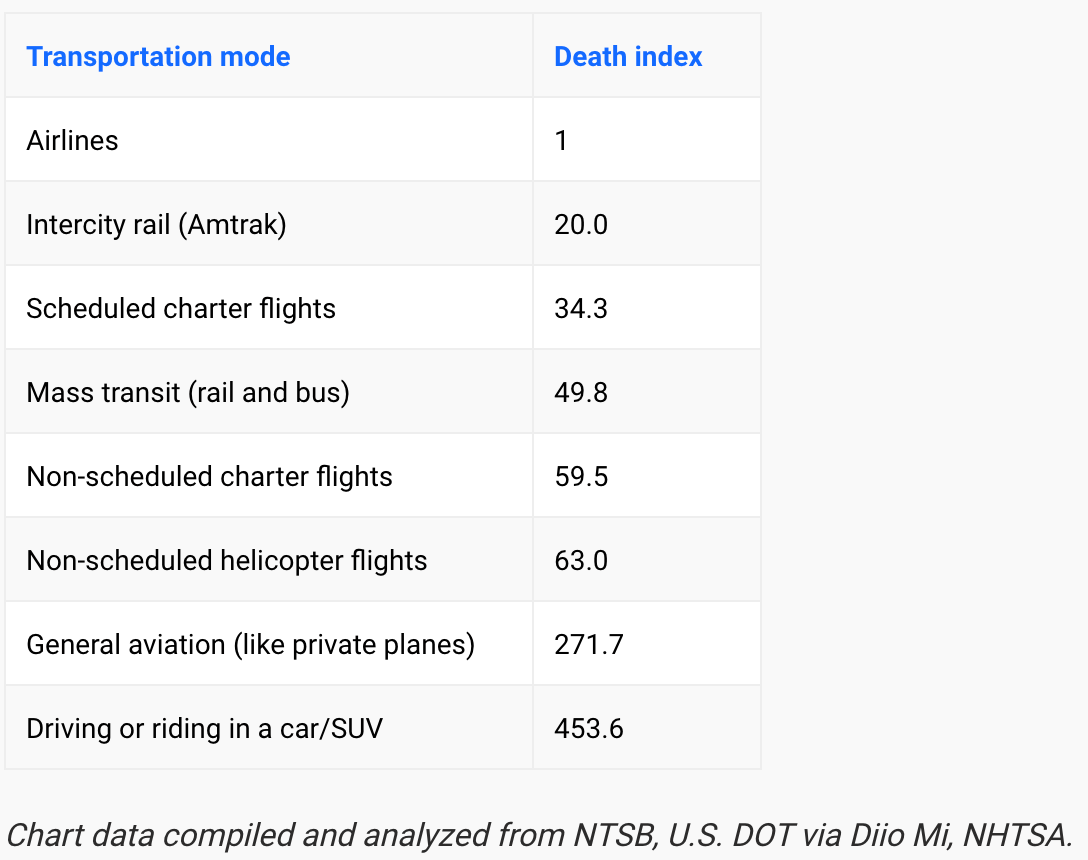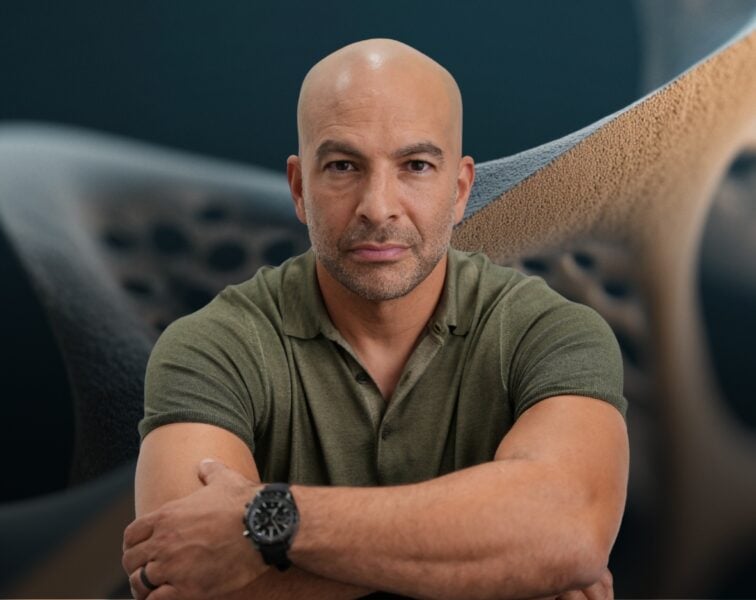As soon as this week’s podcast with Ryan Holiday went up people began contacting me to say how timely it was, if not outright eerie, given it was recorded a few months earlier. Only the day before it was released, we learned about the tragic helicopter crash that claimed the life of Kobe Bryant and his 13-year-old daughter, along with seven other people.
In the podcast, Ryan and I open the discussion with some banter about farm life, for which we both share a fondness. Ryan very eloquently made the point that one of the consequences of living on a farm is the overwhelming familiarity with death that comes with it. And while that sounds morbid, a Stoic might consider this familiarity a gift: by constantly being so close to death, we might not be lulled into a false sense of our own immortality. It’s not that any of us actually think we’re immortal—everyone knows death is inevitable—but for most of us death seems just far enough away that it imposes little urgency on our lives.
And yet, every once in a while, a tragedy like Bryant’s death jolts all of us back to the stark reality of our mortality and the very finite time we have. Death is coming for us all, and we never know when. My close friend, Ric Elias, spoke about his near-death experience aboard US Air flight 1549 as it landed emergently in the Hudson River 11 years ago. He described that experience as the greatest gift he ever received. If you have not heard him explain why, you should do so today.
For perfectly understandable reasons my parents called me this week to beg me to never step foot in helicopter again (helicopter is a pretty common way to get around the Hawaiian islands where I like to hunt) and my wife, who once joined me on a helicopter flight between Maui and Molokai, asked that we never do so again. I get it. I found myself wondering the same thing for a few hours last Sunday as I struggled to contemplate what the final moments of the crash victim’s lives must have been like, and the long tail of grief that remains with their loved ones.
But then I realized I was letting my emotions conflate two issues: the frequency of an accident and the severity of an accident. By frequency, I mean the likelihood of getting into an accident and by severity, I mean the outcome of an accident. If the frequency of an accident is very high (say, stubbing your toe, which happens all the time), but the severity is low (you won’t die from a stubbed toe), the overall mortality rate is low. Conversely, if the frequency of an accident is very, very low (say, getting attacked by a lion), even if the severity is high (if you are attacked by a lion, it’s probably not going to end well), the overall mortality rate is still very low.
The higher the severity of an accident, the more we tend to recoil from the thought of it: being attacked by a great white shark, being struck by lightning, a crocodile ambushing us as we walk past a waterway. And, of course, aviation accidents.
What we should be concerned with, however, is the dot product of severity and frequency (basically, severity times frequency). That is the actual mortality impact. And when it comes to accidents, nothing scares me more for my life and the lives of people I care about than automotive accidents.
Automotive accidents have a far higher frequency than air travel, but a much lower severity (fatality rate). In other words, you’re much more likely to get in a car accident, but the probability of the accident resulting in a fatality is less than 1 percent. But the net effect is clear: the rate of fatal accidents in a car dwarfs that of helicopters or airplanes. It’s a difference of several orders of magnitude.
Another way to consider this is to look at the overall odds of death across the span of your life, rather than by hours traveled. Table 1 gives you an idea of how stark the contrast is between driving and flying.
Table 1. Odds of dying in a car vs an airplane. National Safety Council None of these comparisons are perfect. We’re not comparing apples to apples, because we often use air travel for things we can’t use automotive for, and vice versa. One interesting analysis, summarized in Table 2, tried to peg modes of transportation by traveling a similar distance and using airlines as a baseline “death index” (i.e., the likelihood you are to die) that I can’t completely vouch for since I can’t verify the analysis, but directionally it looks fairly accurate and consistent with analyses I have personally done.
None of these comparisons are perfect. We’re not comparing apples to apples, because we often use air travel for things we can’t use automotive for, and vice versa. One interesting analysis, summarized in Table 2, tried to peg modes of transportation by traveling a similar distance and using airlines as a baseline “death index” (i.e., the likelihood you are to die) that I can’t completely vouch for since I can’t verify the analysis, but directionally it looks fairly accurate and consistent with analyses I have personally done.
Table 2. Death index for various modes of transportation. The Points Guy

This table suggests that you’re about 450 times more likely to die in an automotive accident than on a scheduled passenger flight. It also suggests that you’re about 7 times as likely to die in an automotive accident than on a helicopter flight of similar distance.
I could go on and on, but I think you get my point. No matter how you look at it, your odds of dying are somewhere between “greater” and “much, much greater” on the road than in the air. This does not mean we shouldn’t scrutinize the hell out of aviation—anything with a high severity of death warrants this—and hopefully in the coming weeks the circumstances of the crash that claimed Bryant’s life will lead to better procedures and protocols to reduce the risk further for all subsequent air travelers.
But it would be wrong to suggest Bryant was taking too much risk for his frequent use of helicopters. Just ask anyone who has tried to drive in, let alone live in, a city like New York or Los Angeles. Had Bryant never stepped foot in a helicopter, and instead only driven, we have no idea if a fatal accident would have not already claimed his life on the 405 or elsewhere.
Which brings me to the most important point I can probably make today: It’s a good idea to be a bit afraid every time you get into a car. Maybe not as afraid as I am, but at least someone on guard.
Next week I will walk you through how I channel this fear, because fear without a plan is of little value. Fear with a plan is a gift. There is zero assurance that what I do in a car will keep me alive—I am probably more likely to die in a car over the next decade than from any other cause—but I do think I can reduce the odds by quite a bit, and I’d like to share my insights with you.




